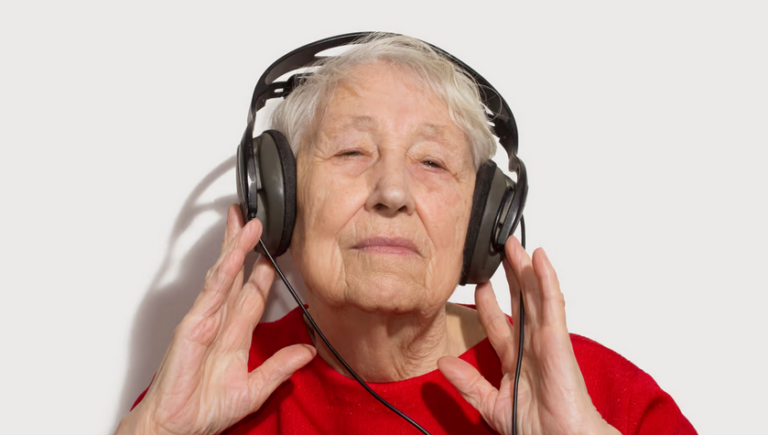In 2020 an extraordinary video went viral. It featured Marta Cinta González Saldaña, a former ballet dancer suffering from severe Alzheimer’s disease in her senior years. In the video, Saldaña is played a piece from Tchaikovsky’s Swan Lake and suddenly she flashes awake and begins moving to a dance routine she presumably rehearsed over and over in her younger days.
These kinds of clips have been shared for years, and they highlight the stunning way music can rekindle dormant neural pathways in elderly subjects experiencing serious forms of dementia. And while music therapy is now a common practice in nursing homes, little research has actually zoomed in on the neural mechanisms behind the phenomena, and in particular, what kinds of music could optimize the potential brain benefits.
A new study, led by Psyche Loui from Northeastern University’s Music Imaging and Neural Dynamics Lab, set out answer two specific questions in regards to this incredible music-triggered phenomenon. How does a controlled eight-week music therapy program influence the activity and connectivity between auditory and reward areas of the brain? And, are the beneficial effects of music amplified when the music is self-selected, focusing on songs that are particularly meaningful to an individual.
To investigate, the research team recruited a small cohort of cognitively healthy older adults. In conjunction with a music therapist, each volunteer created two playlists of music – one dubbed “energizing” and the other “relaxing.”
Russia released a Ukrainian app for hacking Russia that was actually malware
The cohort was tasked with listening to music from their self-selected playlists for one-hour every day, over the course of eight weeks. The one-hour daily music experience was designed to be focused, so each subject was asked to pay attention to their moods, emotions, and memories while listening to their playlists. This wasn’t merely playing tunes in the background while doing daily chores.
At the beginning and end of the study, each participant also took part in a brain imaging test where they listened to 24 different audio excerpts. Six of those excepts were self-selected by the participant, while the rest were other pieces of music spanning many different genres selected by the researchers.
Read more: New Atlas
Ask me anything
Explore related questions





